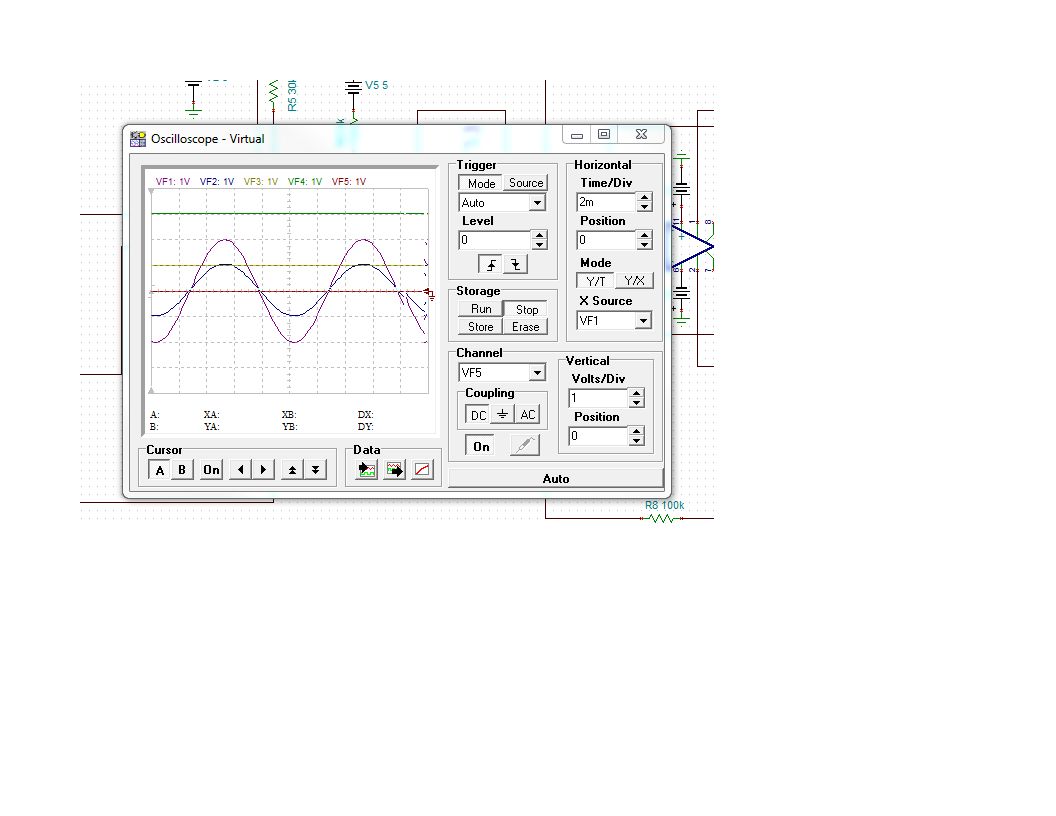- Ask a related questionWhat is a related question?A related question is a question created from another question. When the related question is created, it will be automatically linked to the original question.
This thread has been locked.
If you have a related question, please click the "Ask a related question" button in the top right corner. The newly created question will be automatically linked to this question.
How would I create a circuit that outputs the same amplitude regardless of the input amplitude using op amps if possible?
Vin * X = Vout
X = Vout/Vin = 3V/Vin
Vin min = 0.22mV
Vin max = 2V
Gain min = 3/0.022 = 136.4
Gain max = 3/2 = 1.5
Neguse,
I suggest LM13700 figure 25 as a simple proportional automatic gain control. It will provide a nearly constant amplitude output signal.
For a more constant amplitude and more complicated circuit. Use figures 20 and 42 with an integrator to get constant amplitude.
Circuit has not been tested or simulated. Capacitor C1 sets settling time and affect stability of the control loop.
 AGC LM13700 Figure 20 & 42.TSC2084.AGC LM13700 Figure 20 & 42.TSCRonald,
AGC LM13700 Figure 20 & 42.TSC2084.AGC LM13700 Figure 20 & 42.TSCRonald,
Please see attached. With the circuit I design and simulated, I expected to see output amplitude 0-3V sine wave at VF4 node when the input is in the range 0-2V sine wave. However the result is as attached. Is there a limitation with the LM13700?
Regards,
Neguse G.
Neguse,
I spent some time tweaking the circuit. Major changes were to add a 2nd gain stage for more dynamic gain control. Bump supplies up to +/-15V. Replace LM137000 pin 7,8 buffer that shift output voltage by roughly -1.4V with an unity gain op amp buffer. I added a peak detector reset, just in case it is needed.The circuit now takes an input of +22mV to +2V DC and amplifies with automatically control gain to get +3V DC output.
I'll let you test and modify if needed to process an AC input signal. Things to watch are the bleed time of the peak detector (R9), response time and stability of the servo amplifier.
Here is [Analysis, DC , DC transfer char]
Neguse,
Quick update. I saw AC signal distortion so I moved the peak detect input to the buffered output to fix that. I notice that the circuit is very touchy for DC shifts over gain and with potentiometer adjustment. Therefore I suggest adding AC coupling based on the lowest frequency input you expect. It also was not stable with the AGC output ; I lowered AGC servo gain and it seems to stabilize OK now. How it responds to changing input is not tested however. This version is a step in the right direction, but probably needs more work and certainly more testing.